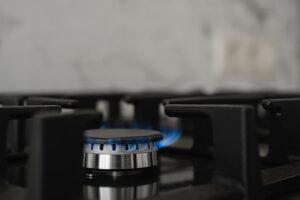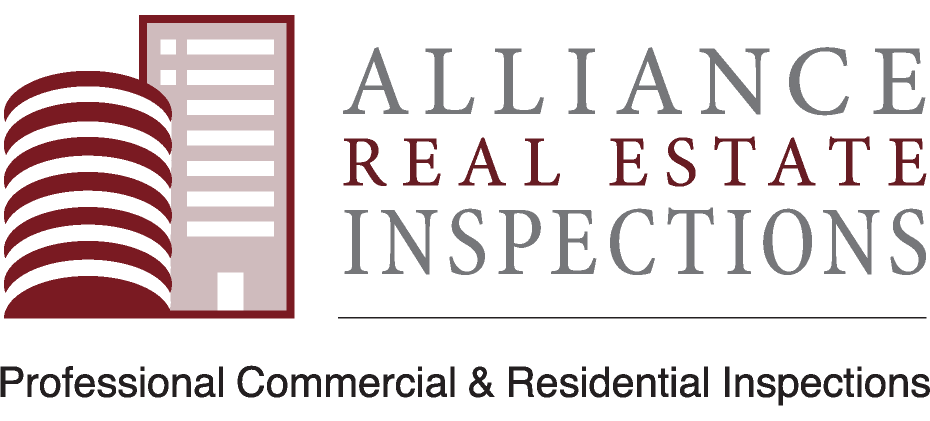Although ASTM (commercial standards) and ASHI or CREIA (residential standards) do not require property inspectors to perform any kind of carbon monoxide (CO) testing, we wanted you to have some important information on the subject.
Carbon monoxide is a toxic gas that can occur in any type of building when combustion by-products are generated but not permitted to disperse. Any gas appliance or machine that emits fumes and is contained in a space could be a potential hazard for CO emissions.
Residential buildings usually have a furnace, and often a gas stove and oven, or gas water heater. Some homes also have a fireplace (gas or wood burning). In commercial buildings, CO is often created due to gas-operated machines or appliances being used in areas without proper ventilation, such as gas-powered forklifts operating in warehouses, trucks backing into loading bays, and generators or boilers running in enclosed spaces.
CO is measured in ppm (Parts Per Million.) One ppm means that there would be one molecule (or part) present in a million molecules of air. CO levels of only 200 ppm which lasts two to three hours can result in experiencing weakness, headache, fatigue, dizziness, nausea, vomiting, chest pain, confusion or disorientation, accelerated heart rate, shortness of breath or drowsiness. Long-term exposure can worsen pre-existing health conditions.
Some CO detectors do not state at what level the sensors will activate and others do not detect lower amounts. Your appliances, such as a furnace or water heater, may not emit enough carbon monoxide to set off a CO detector but can still cause adverse effects, especially if poorly installed. When purchasing a CO detector, ensure that it will sound an alert for levels below 200 ppm.
Because CO levels affect one’s health, and can even be lethal, the building industry recommends installation of CO alarms on every floor of the building. For residential, a detector should be placed within ten feet of each bedroom door and one near any attached garage.
We recommend that you always have plenty of ventilation when using gas appliances or machinery, test your CO detectors once a month to ensure they are functioning properly, and get your gas appliances inspected periodically.
For more information, we highly recommend Carbon Monoxide: A Clear and Present Danger by Dwyer, Leatherman, Manclark, Kimball and Rasmussen or you can visit https://www.michiganmedia.com/

